Abandoned water and oil wells around Texas have been suddenly exploding, destroying countless acres of land around it. For many landowners and ranchers, this has become a nightmare.
Texas’ Railroad Commission is tasked with finding and plugging these abandoned wells. However, hundreds of thousands of wells around the United States are undocumented. This has led to many landowners not being aware of a well on their land until disaster strikes.
The Deserted Wells Around Texas
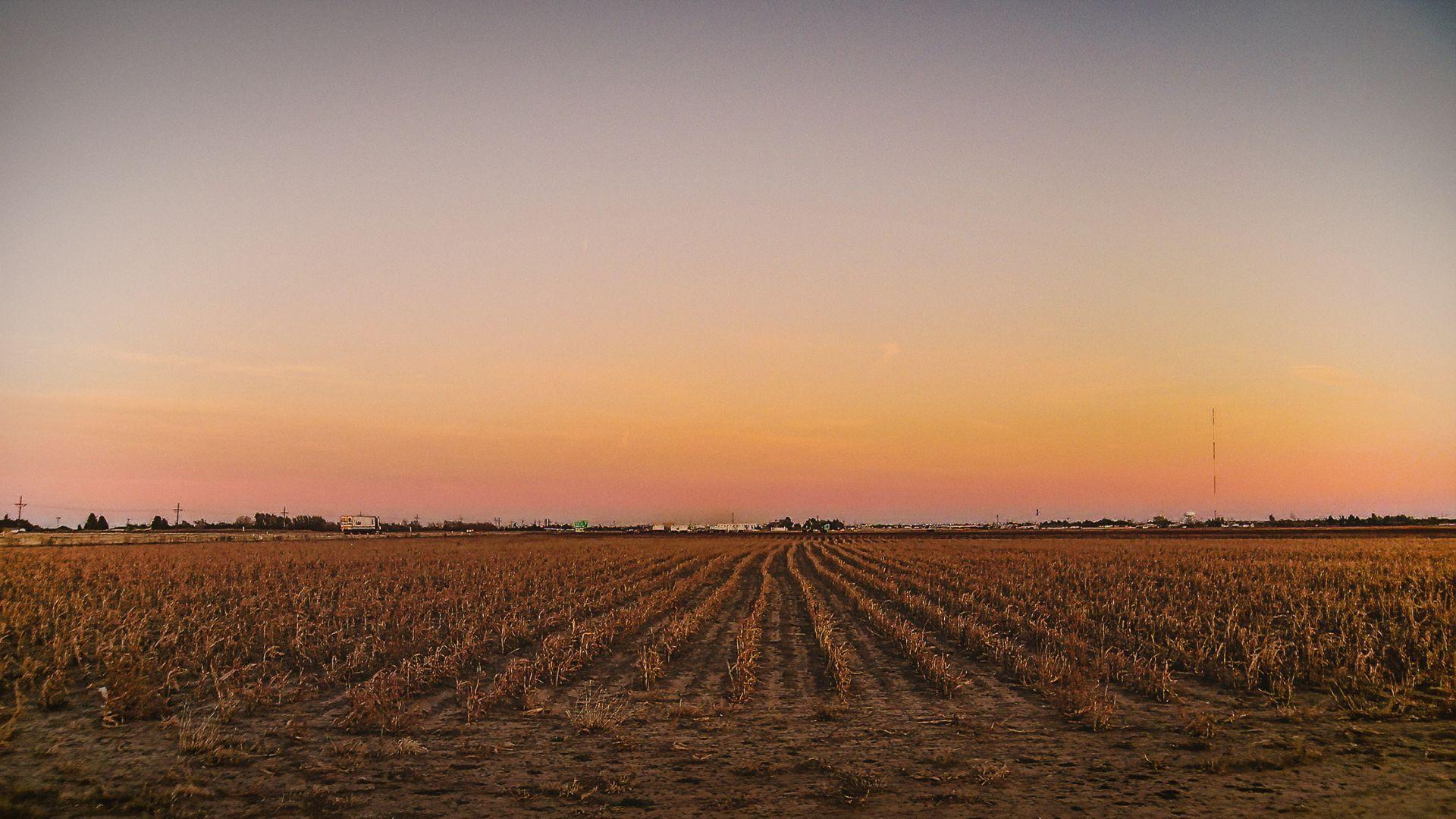
In 2021, the U.S. Congress passed the Bipartisan Infrastructure Law. This legislation included $4.7 billion to be sent to plug abandoned wells on lands, both public and private, around the United States.
Many of these water and oil wells were deserted by oil and gas companies in the last century as they drilled around Texas and other states.
Many Wells Are Undocumented
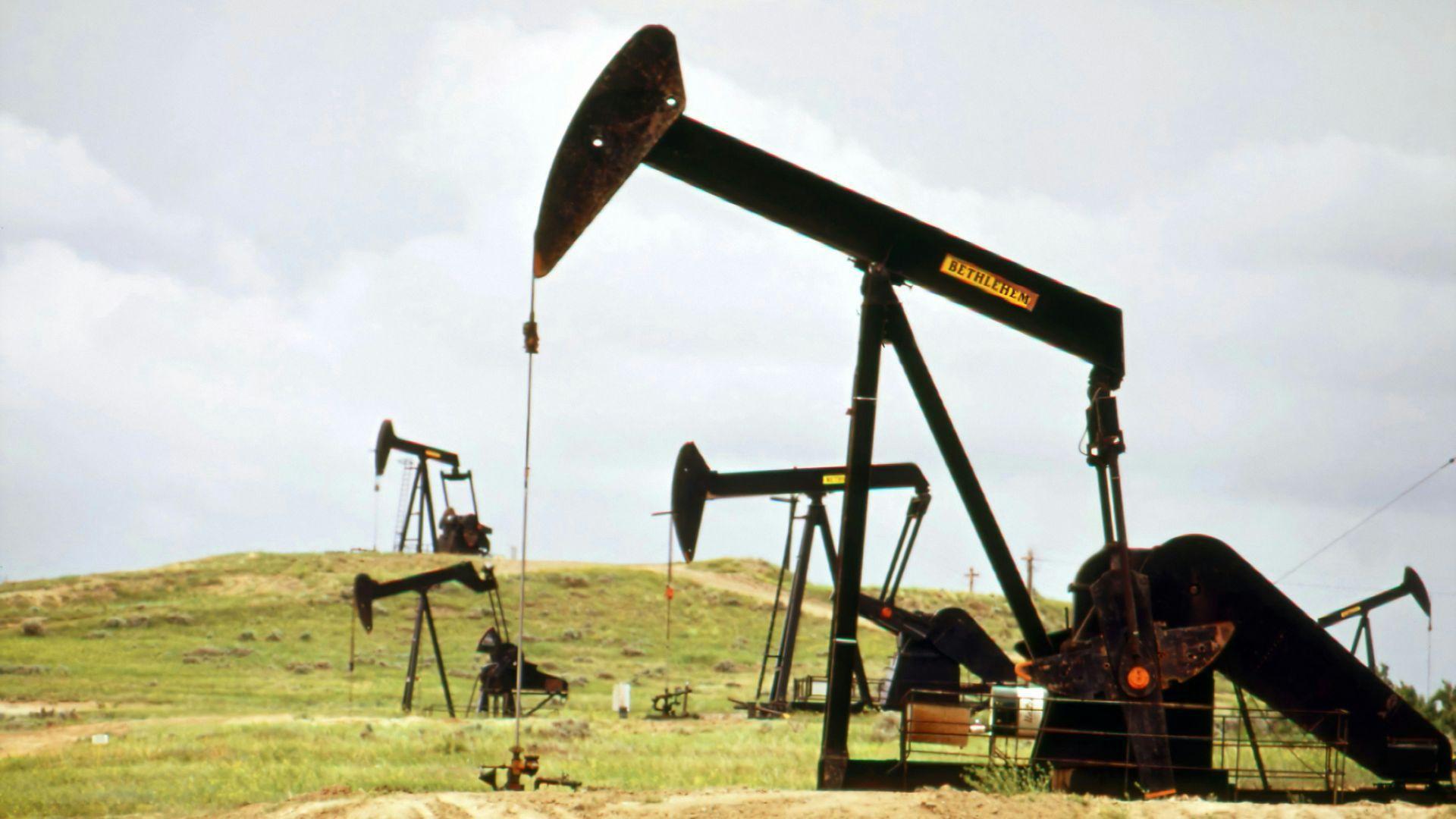
According to a federal report, there are about 117,000 known orphaned wells around the United States. However, a 2021 Interstate Oil and Gas Compact Commission report states that about 310,000 to 800,000 undocumented wells may be around the country.
These orphaned wells remain undocumented because of negligent record-keeping in the last century. The oil and gas industry did not keep tabs on where they created wells — and then deserted these wells without notifying anyone.
Texas: The Largest Oil Producing State
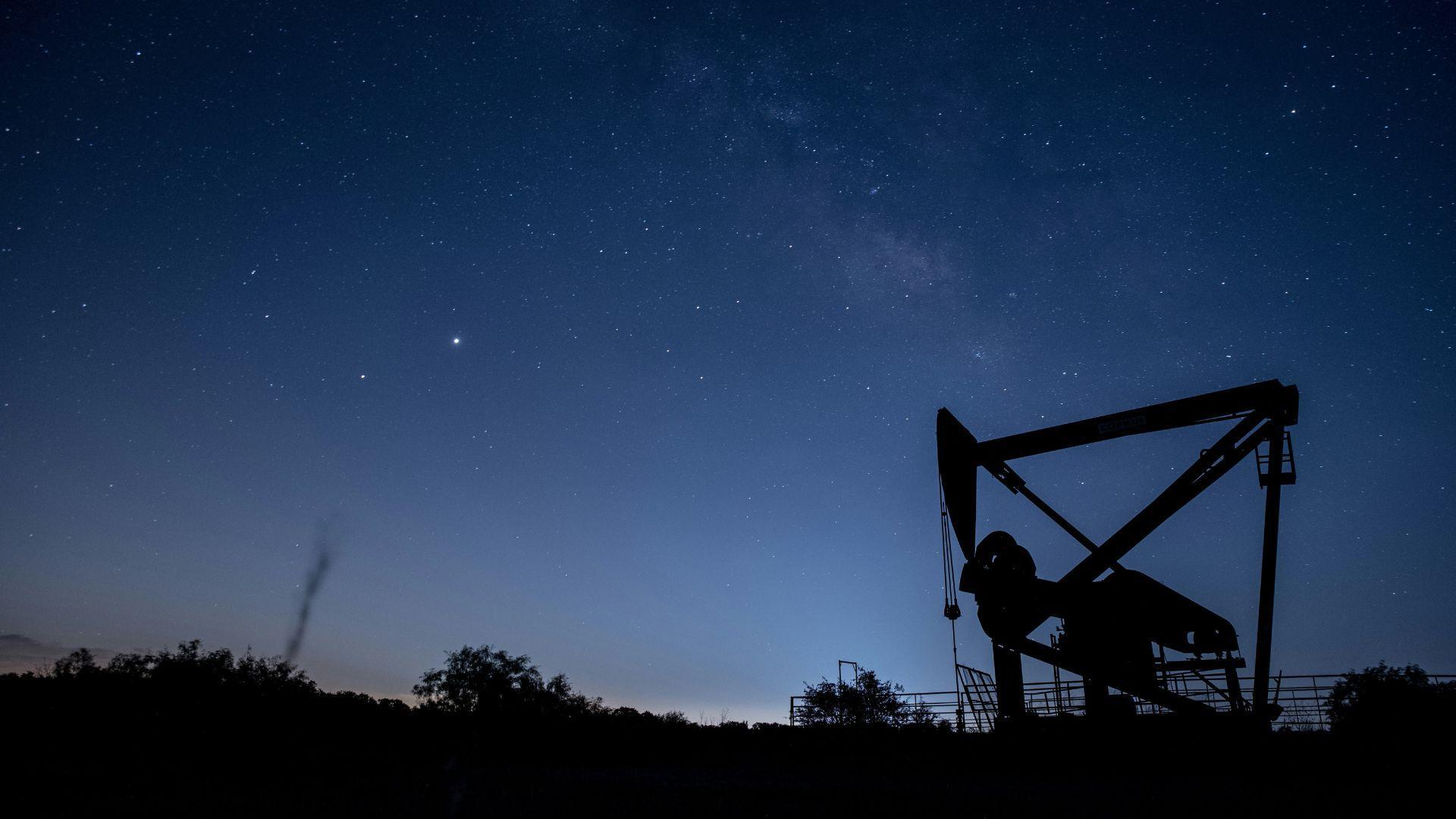
Texas is considered the largest oil-producing state. As a result, it’s also one of the main states dealing with suddenly exploding wells, thanks to a century of companies drilling throughout the land.
Through 2021’s infrastructure legislation, Texas received millions of dollars to try to plug these orphaned wells. In 2022, the state received $25 million. In January of 2024, it received another $80 million.
A West Texas Rancher’s Story
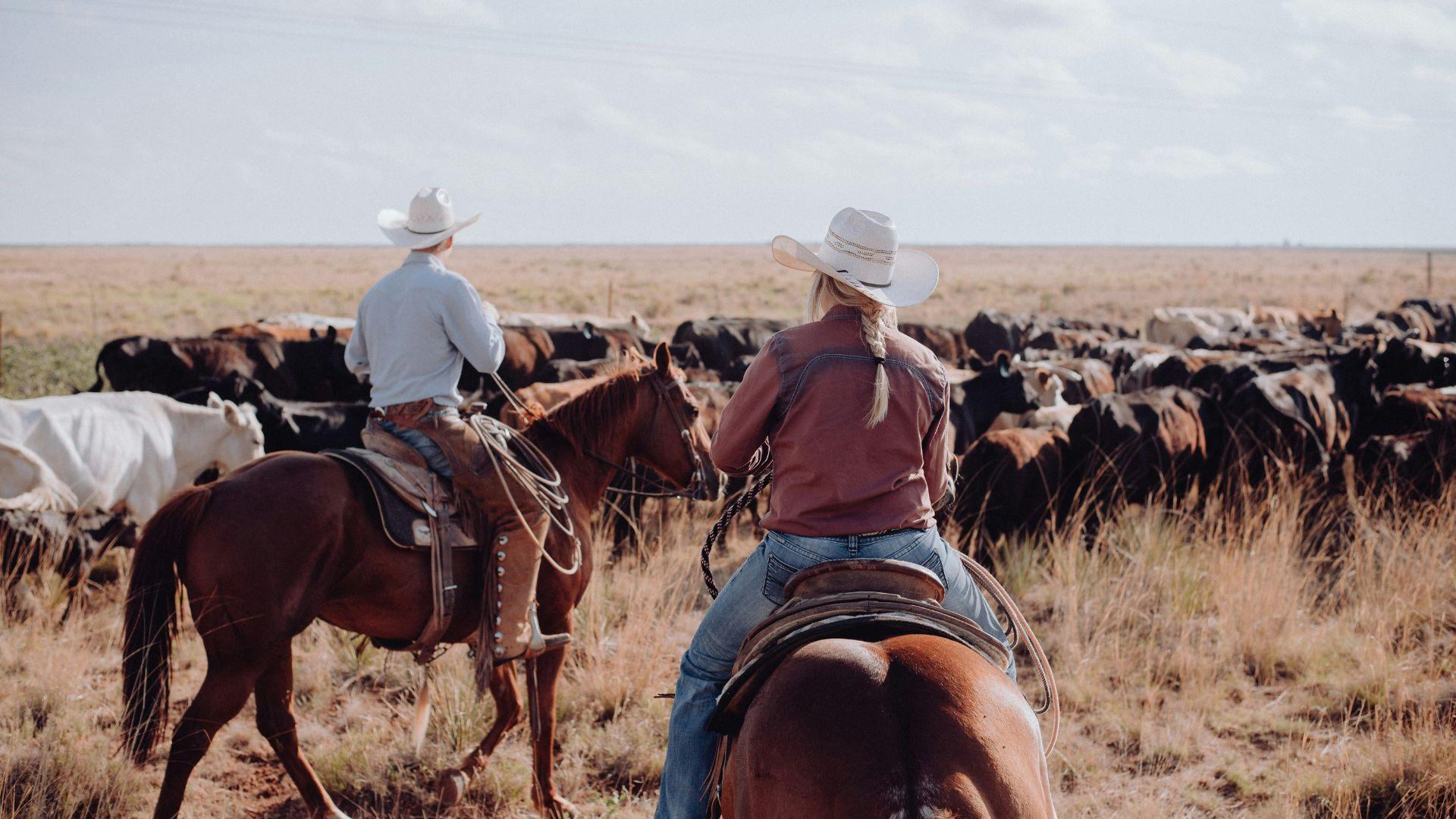
In December of 2023, rancher Bill Wight had an abandoned well explode on his land. Immediately, a massive amount of water spilled out of the ground and over his land, ruining much of the pasture that his cattle used to graze on.
Because the water spilling onto his land contained salt, it ruined the soil. Now, huge piles of dirt remain in place of grass. Unfortunately, there was no record of any type of well on Wight’s property.
The Railroad Commission Helped Wight

The Railroad Commission is charged with plugging orphaned wells and cleaning up potential explosions. Though there is no documentation that Wight’s land ever had a well, they quickly got to work and paid $2.5 million to plug the well and clean up all the water.
According to the commission’s spokesperson, they are actively looking for the company or person who initially drilled this well.
Many Criticize the Railroad Commission
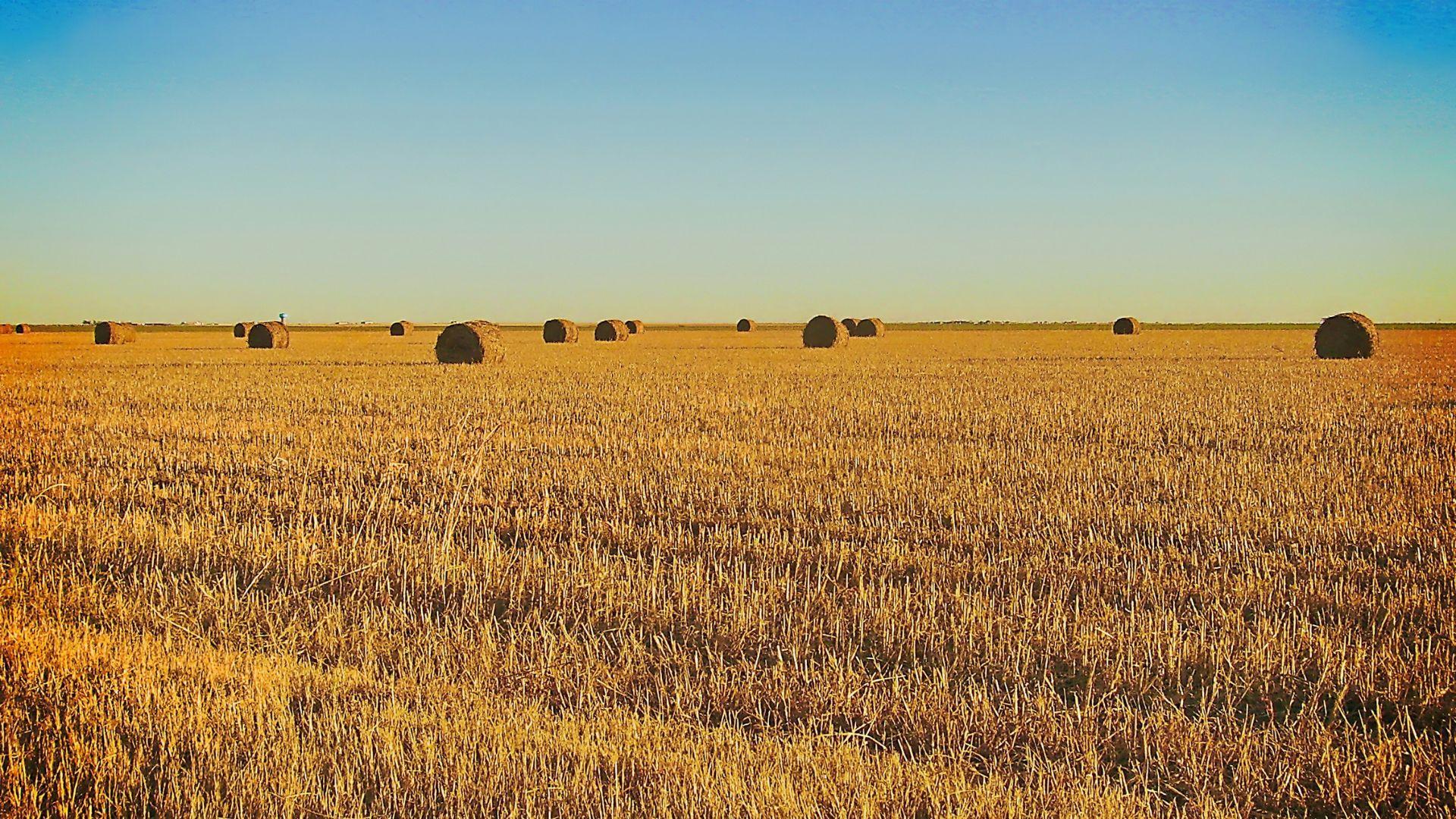
Though the Railroad Commission is tasked with plugging wells, many have criticized the group for ignoring certain wells and leaving them to landowners to deal with. According to state law, landowners are responsible for plugging water wells.
However, if the well was used to produce oil or gas, then the commission will step in. Many critics say that the commission makes it incredibly hard to get this help, as they tell landowners they have to “prove beyond the shadow of a doubt” that their orphaned well produced oil or gas.
Wight’s Well Changes Things

The massive well explosion on Wight’s land has changed things. Upon the well’s first explosion, it was believed that this orphaned well was just an abandoned water well.
However, testing done on the water showed that it contained 0.05 milligrams per liter of benzene. Benzene is a chemical that is in crude oil and gas. Therefore, there is a possibility that the well on Wight’s land at one point in time was used to drill for gas or oil.
Wight’s Land Is Surrounded by Exploding Wells

The land that also encompasses Wight’s ranch has had a few huge well explosions in the past few years alone. About 10 miles southwest of Wight’s ranch, a deserted water well created what people now know as Lake Boehmer.
This body of water began to form from an abandoned well about two decades ago. Though many in the public want this taken care of, the commission says they cannot do anything about it, as the well at fault was only a water well — not a well used for drilling oil or gas.
The Permian Basin’s Problems
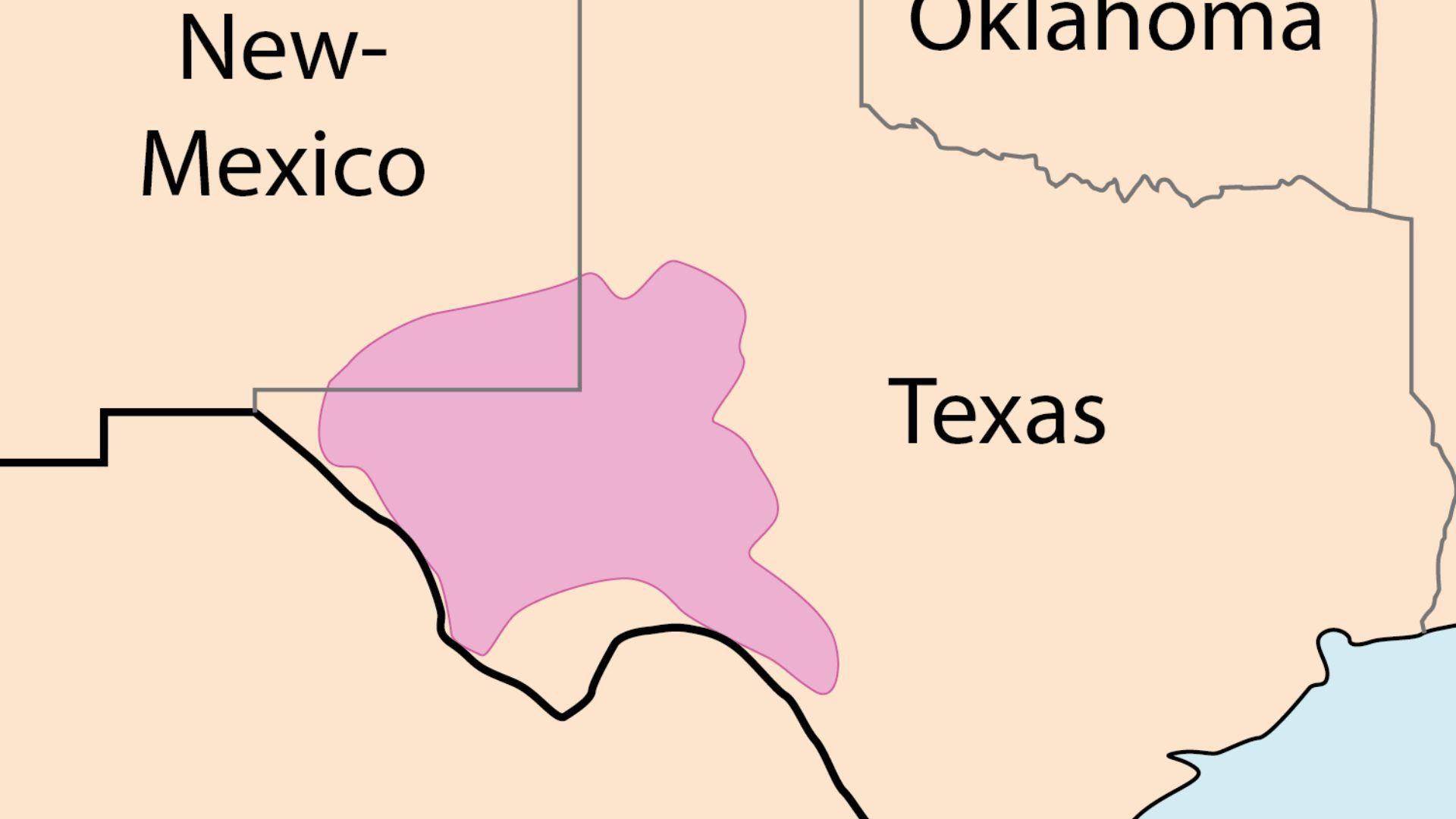
Wight’s land is in what is called the Permian Basin. This basin has had ample issues recently because of exploding wells. In January of 2022, less than one mile west of Wight’s ranch, a well exploded.
Ultimately, Chevron plugged this well. Though Chevron’s predecessor Gulf Oil may have drilled this well in the last century, there is no record of who actually drilled on this land. Now, Wight and many others in the area are concerned the water underneath their land will find another unknown well to explode out of.
Challenges of Living in the Permian Basin
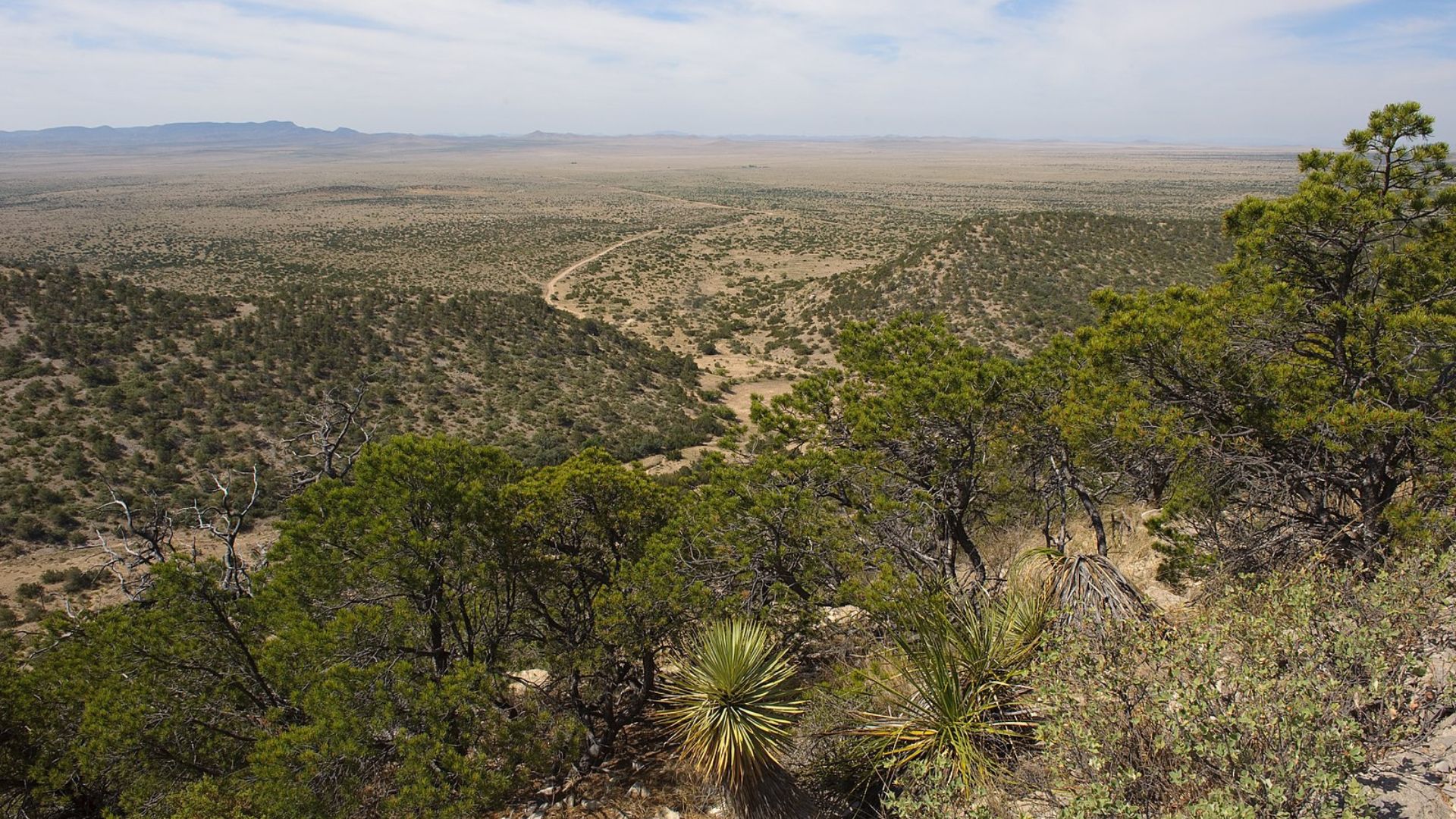
Laura Briggs and her family found their dream home in the Permian Basin, on a 900-acre ranch in Pecos County, an area rich in oil history and activity.
However, The Briggs family’s initial excitement was tempered by the reality of living alongside the remnants of the oil industry.
Life in the Heart of U.S. Oil Production
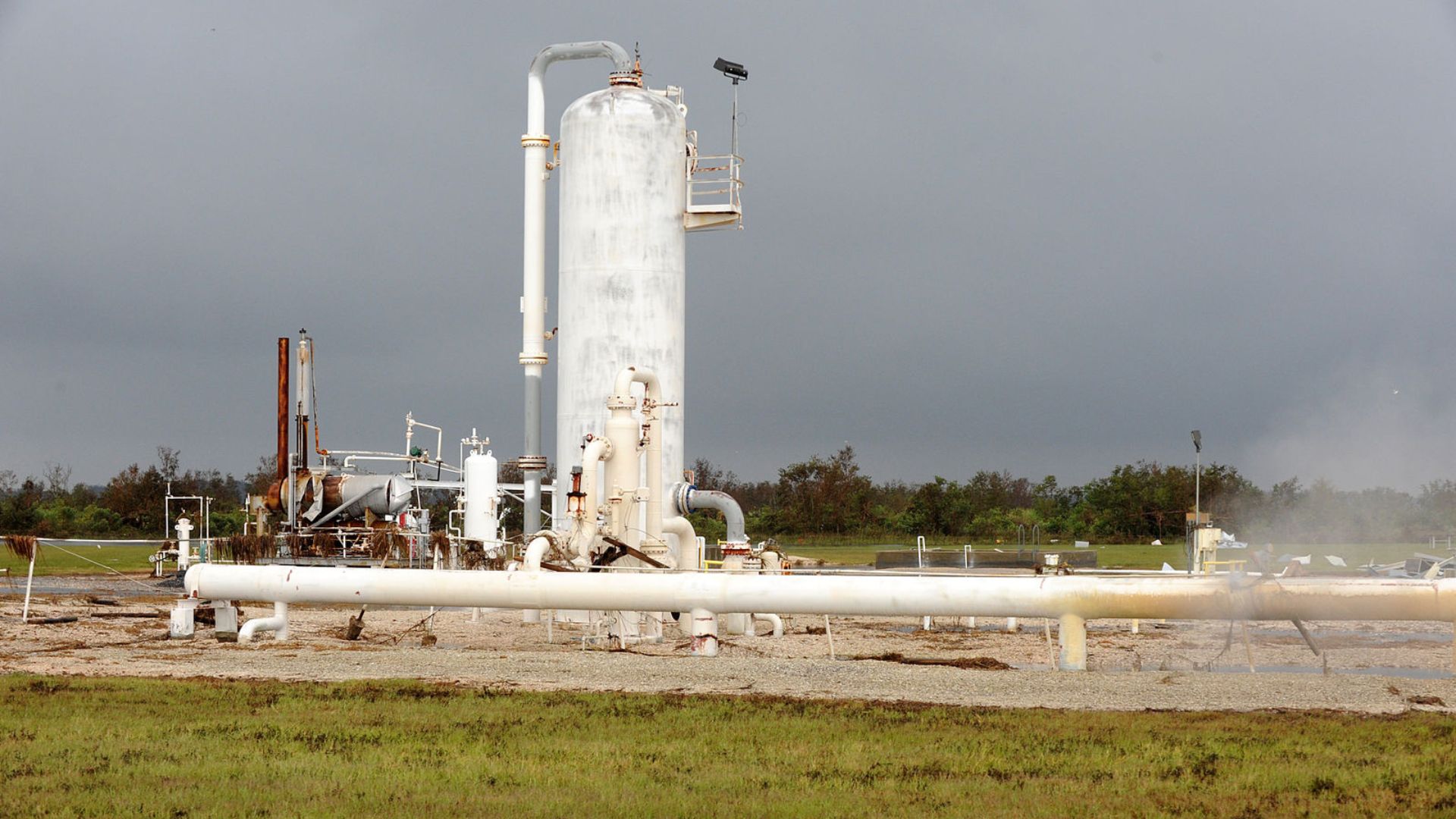
With Pecos County producing approximately 3 million barrels of crude oil monthly, the Briggs family’s new home was surrounded by an industry that defines the region.
This backdrop of intense industrial activity was a constant reminder of the area’s economic and historical importance.
The Disruption of Peace
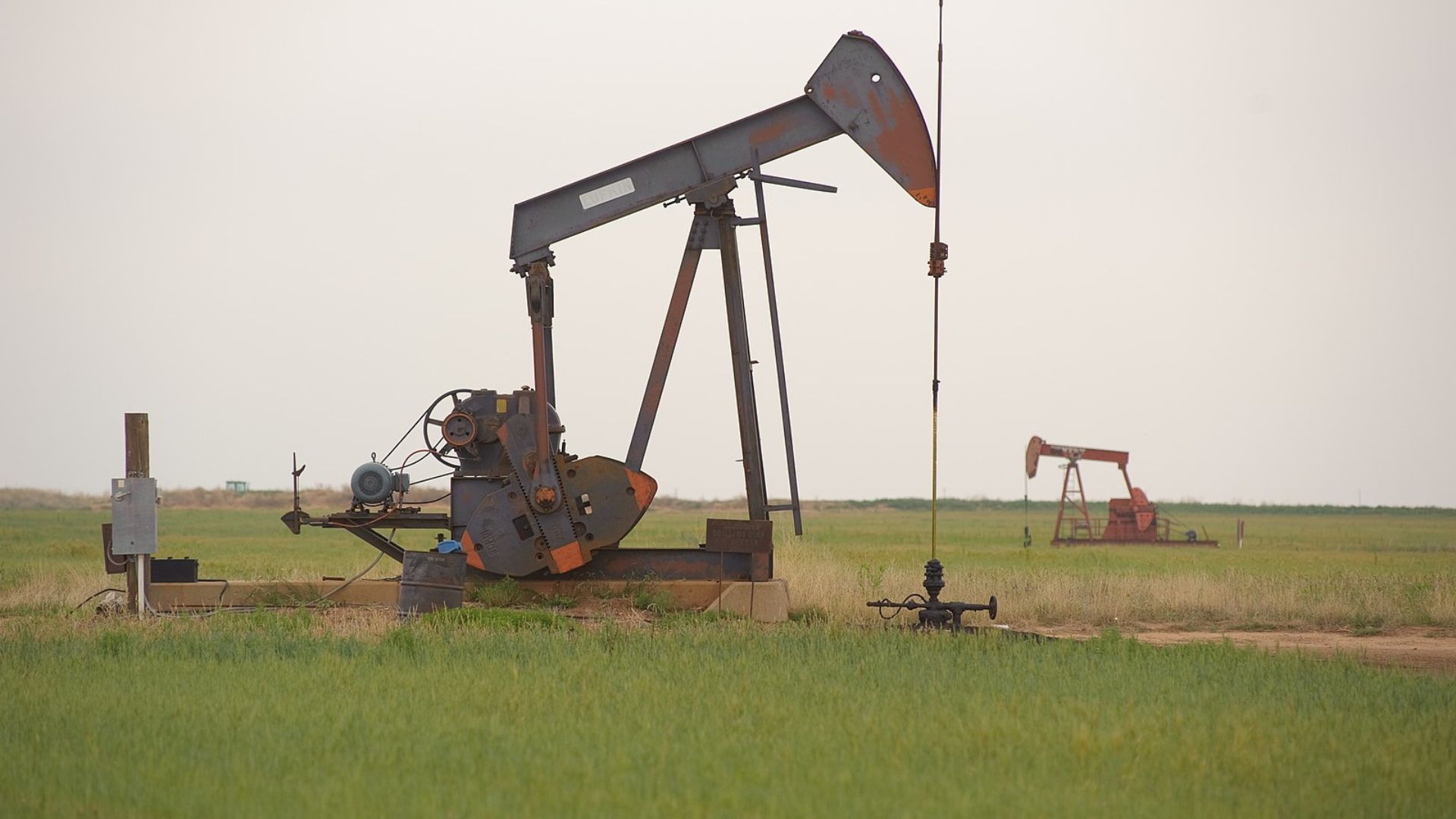
The Briggs family’s peaceful existence was disrupted by William “Gilligan” Sewell, a businessman who founded 7S Oil and Gas LLC.
Sewell’s company acquired oil leases on the Briggs’ property, which included 24 wells. This acquisition, made possible without the family’s consent due to Texas’ property rights laws, introduced new challenges and concerns for the family’s safety and environmental well-being.
Encountering the Realities of Oil Wells
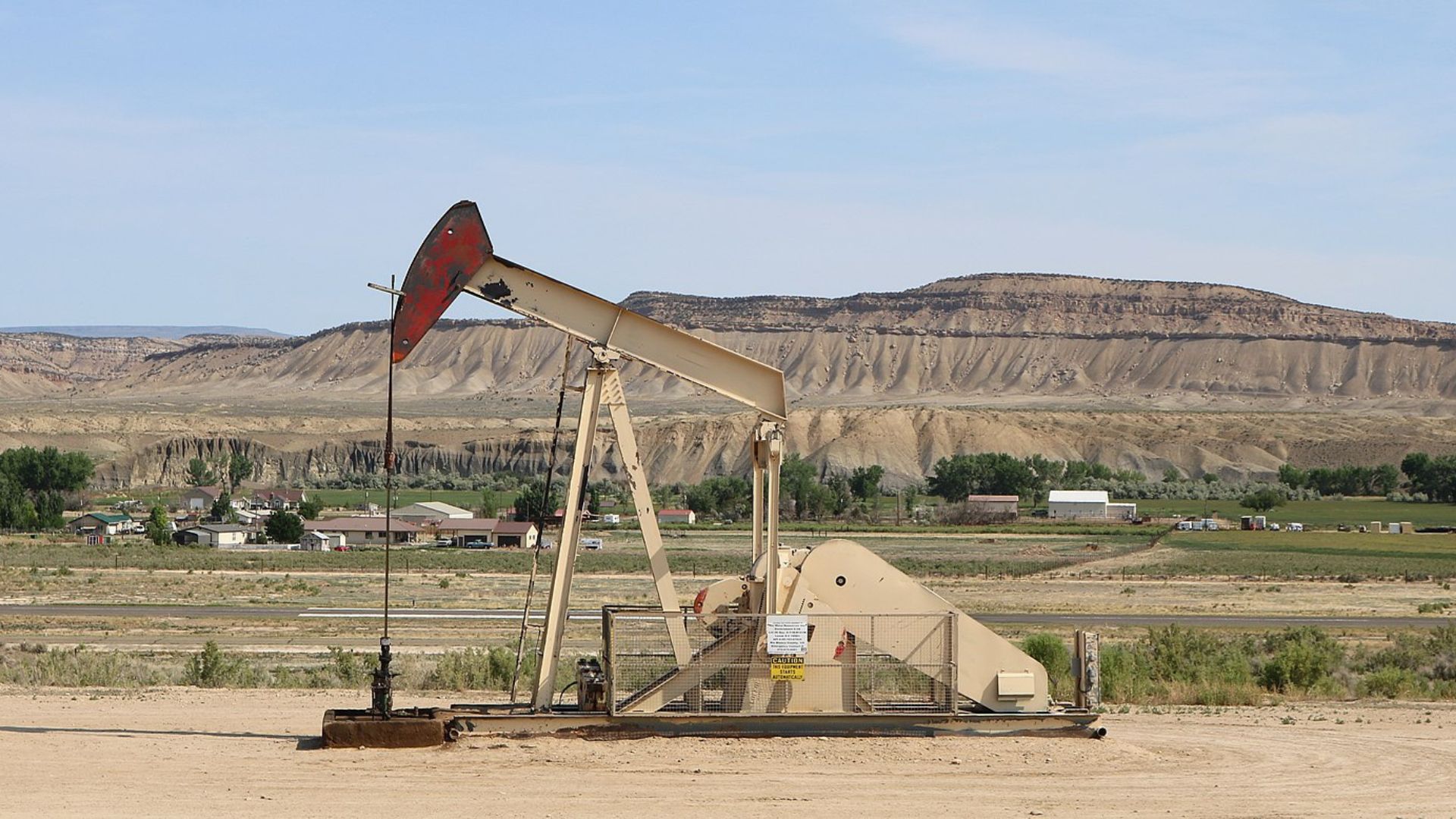
The presence of oil wells on their property became a tangible concern for the Briggs family when they noticed the wells were not only inactive but also leaking oil and producing water.
This contamination posed a direct threat to their land and livestock. One particular leak was severe enough to cover a substantial area of their pasture, highlighting the environmental risks associated with these abandoned or poorly maintained wells.
Hazardous Conditions on the Ranch
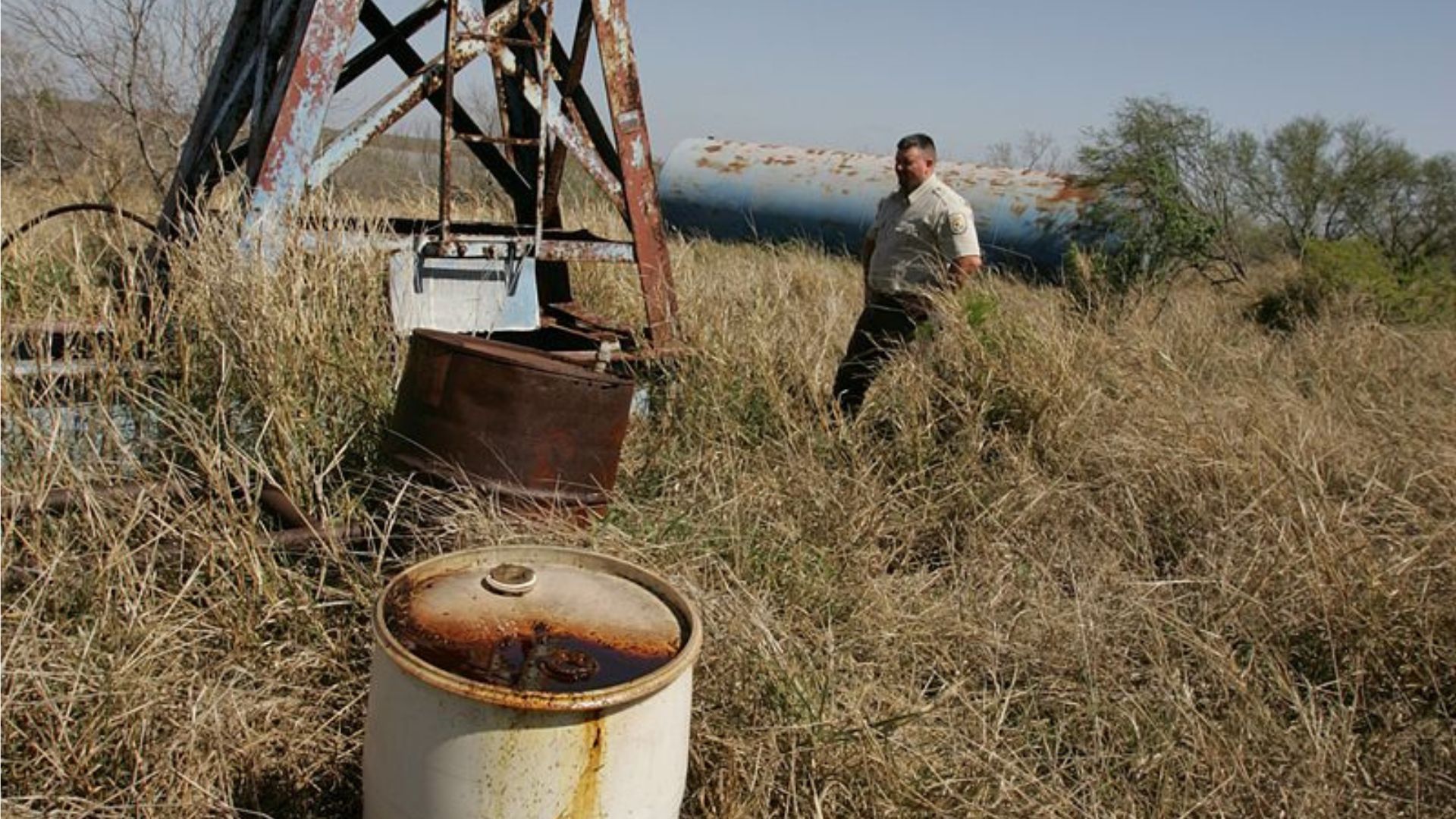
Among the various hazards posed by the wells on their property, one was particularly alarming: a well covered only by plywood, intended to prevent accidents.
This rudimentary safety measure illustrated the potential dangers that the Briggs family and their livestock faced daily, living in close proximity to these neglected oil wells.
Environmental Impact and Climate Concerns
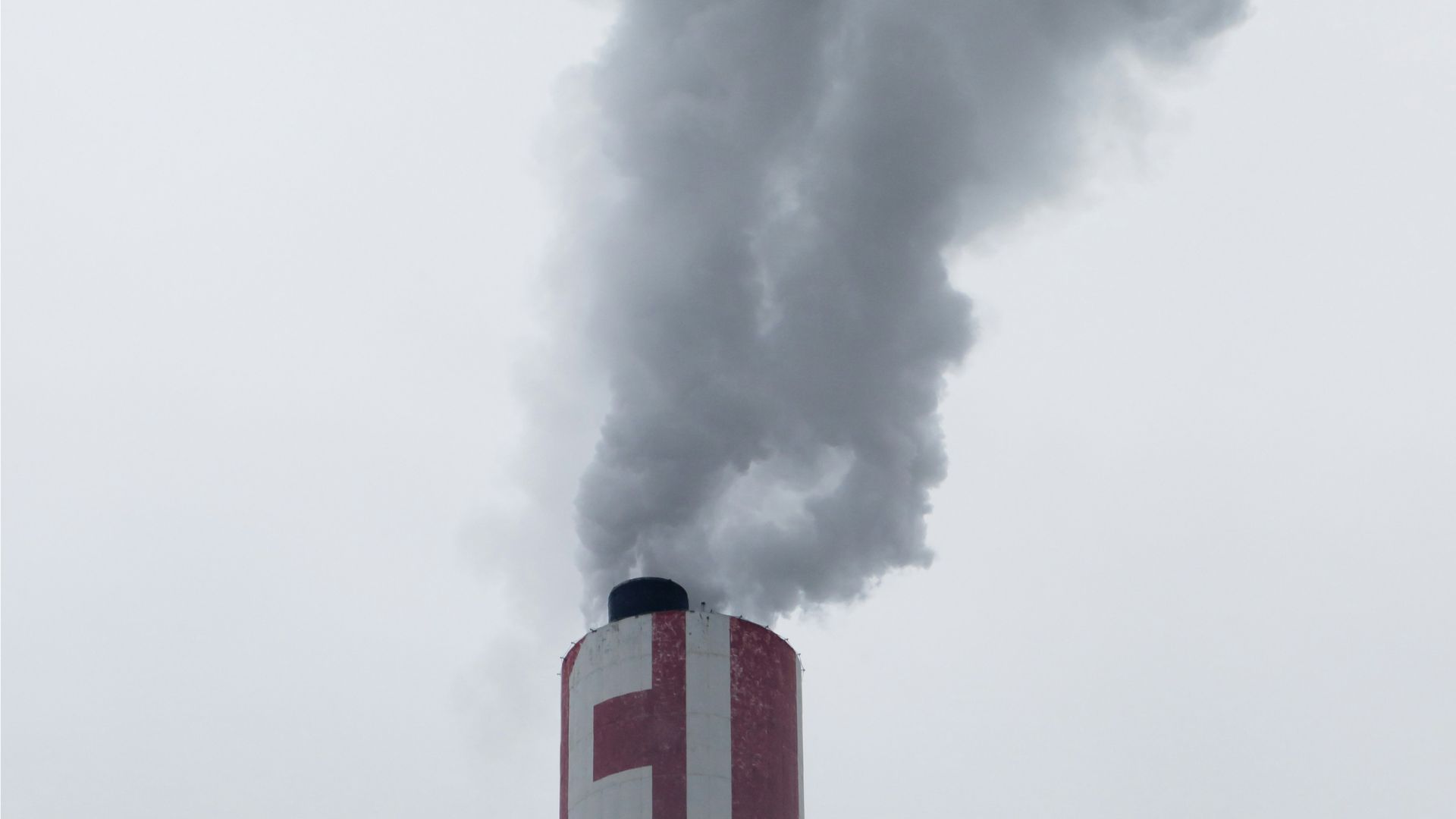
The environmental implications of the leaking wells became apparent when a university researcher discovered methane emissions from several wells on the Briggs’ property.
Methane, a potent greenhouse gas, contributes significantly to climate change, demonstrating the broader environmental impact of such leaks.
Overlooked Consequences of the Oil Industry

The story of the Briggs family sheds light on the often-overlooked consequences faced by individuals living in close proximity to oil production sites.
Their experiences reveal the complex challenges of balancing economic benefits with environmental and safety concerns, highlighting the need for more comprehensive management and regulation of oil wells.
Advocating for Change

The plight of the Bill Wight and the Briggs family stresses the necessity for action to mitigate the hazards of abandoned and unregulated oil wells.
Their situations exemplify the broader issues facing communities in oil-rich regions, calling for increased oversight and regulation to protect both the environment and the people living in these areas.
The Complex Reality of Rural Living in Oil Regions
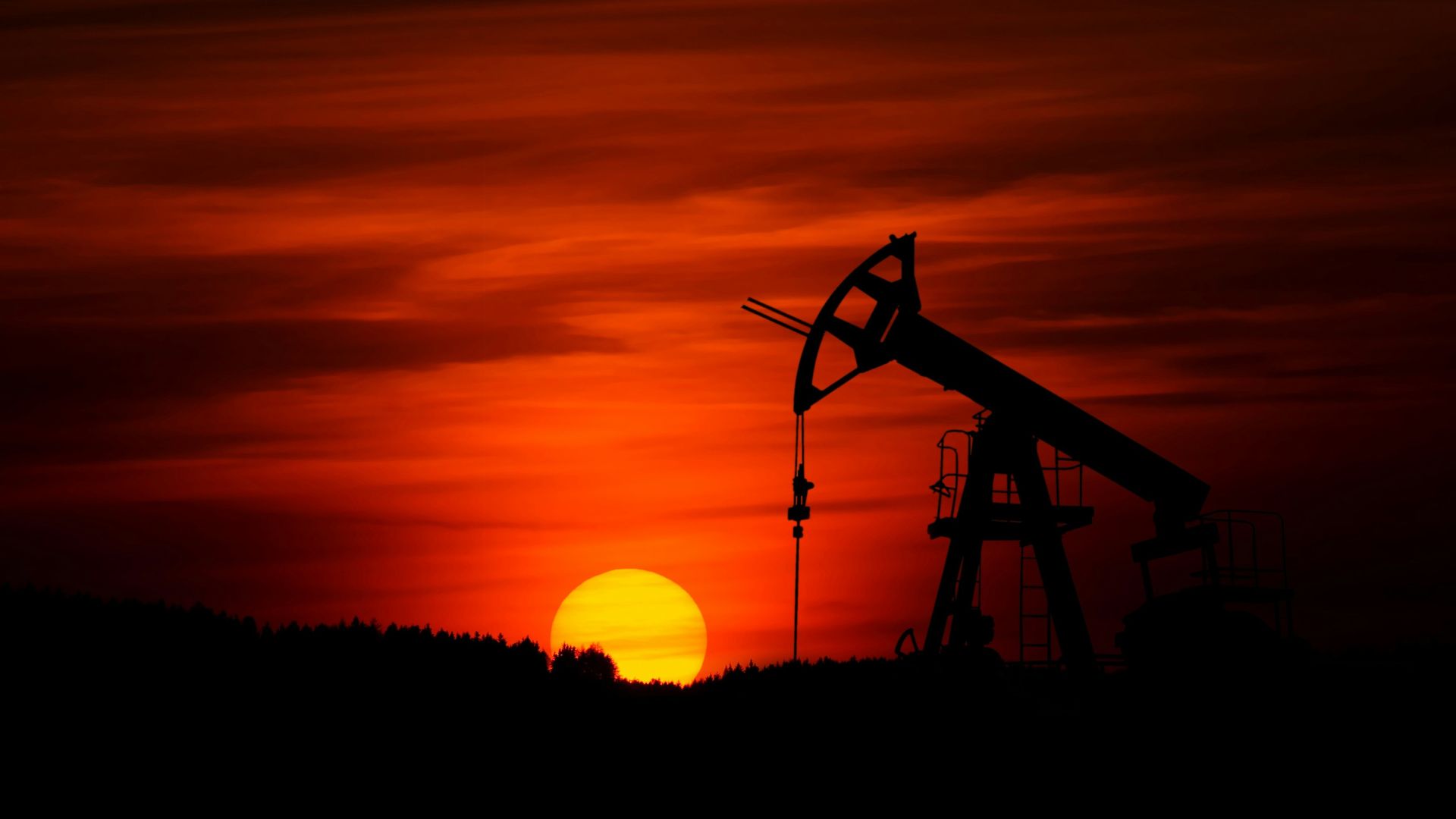
Living in the Permian Basin offers a unique perspective on the intersection of natural beauty, agricultural life, and industrial activity.
The experience of Wight and the Briggs family serves as a poignant reminder of the complexities and challenges that come with residing in one of America’s most prolific oil-producing regions.
A Struggle for Solutions
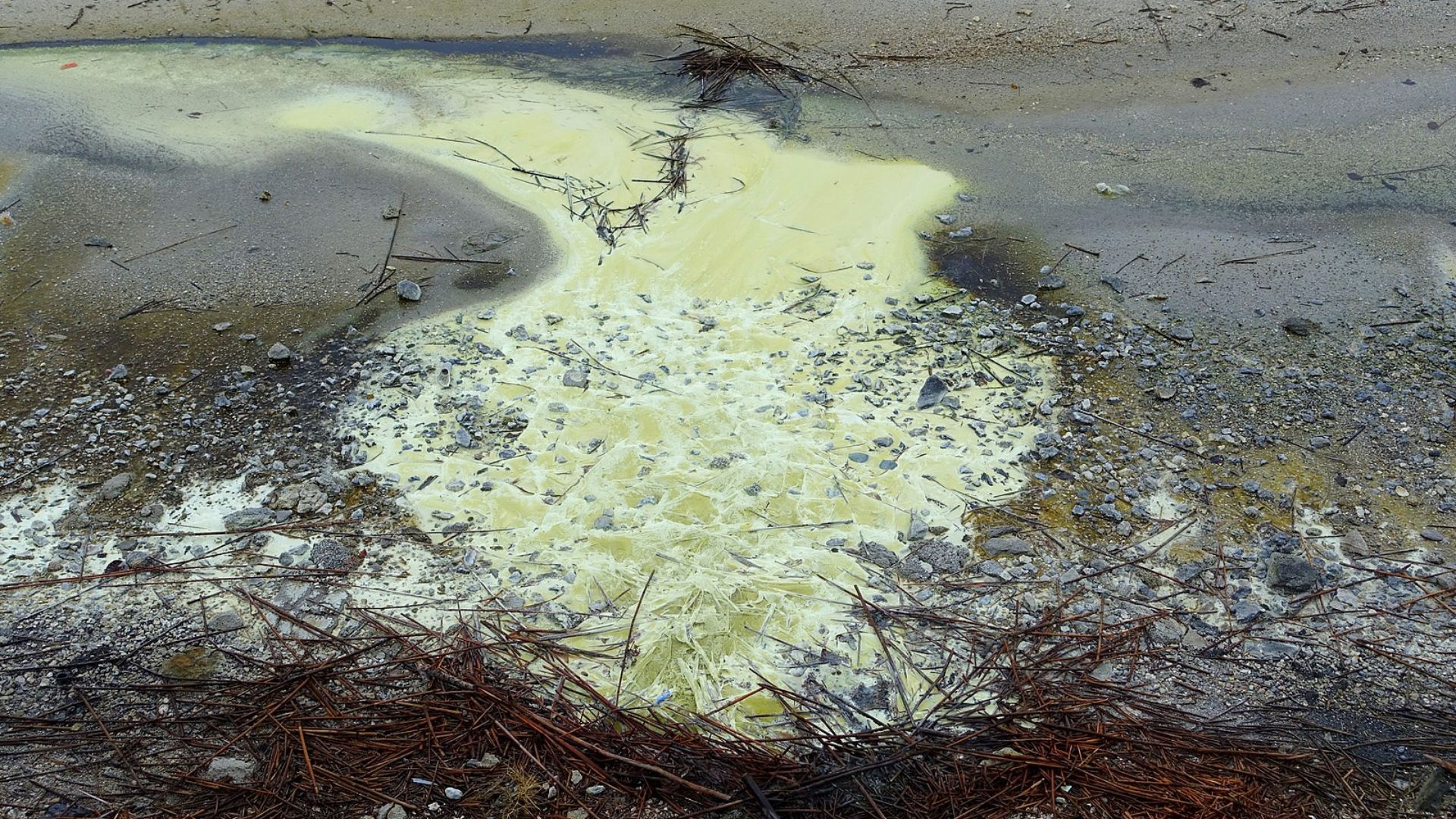
Laura Briggs has persistently reached out to the Railroad Commission for years, seeking assistance with the non-operational wells on her property. Despite her efforts, the response has been lackluster, with little interest shown in addressing the issue of plugging these wells.
Just a few miles east of her ranch, the negligence has resulted in a toxic, sulfuric lake, significantly saltier than the Gulf of Mexico, a direct consequence of leaks from abandoned wells.
The Environmental Cost of Neglect
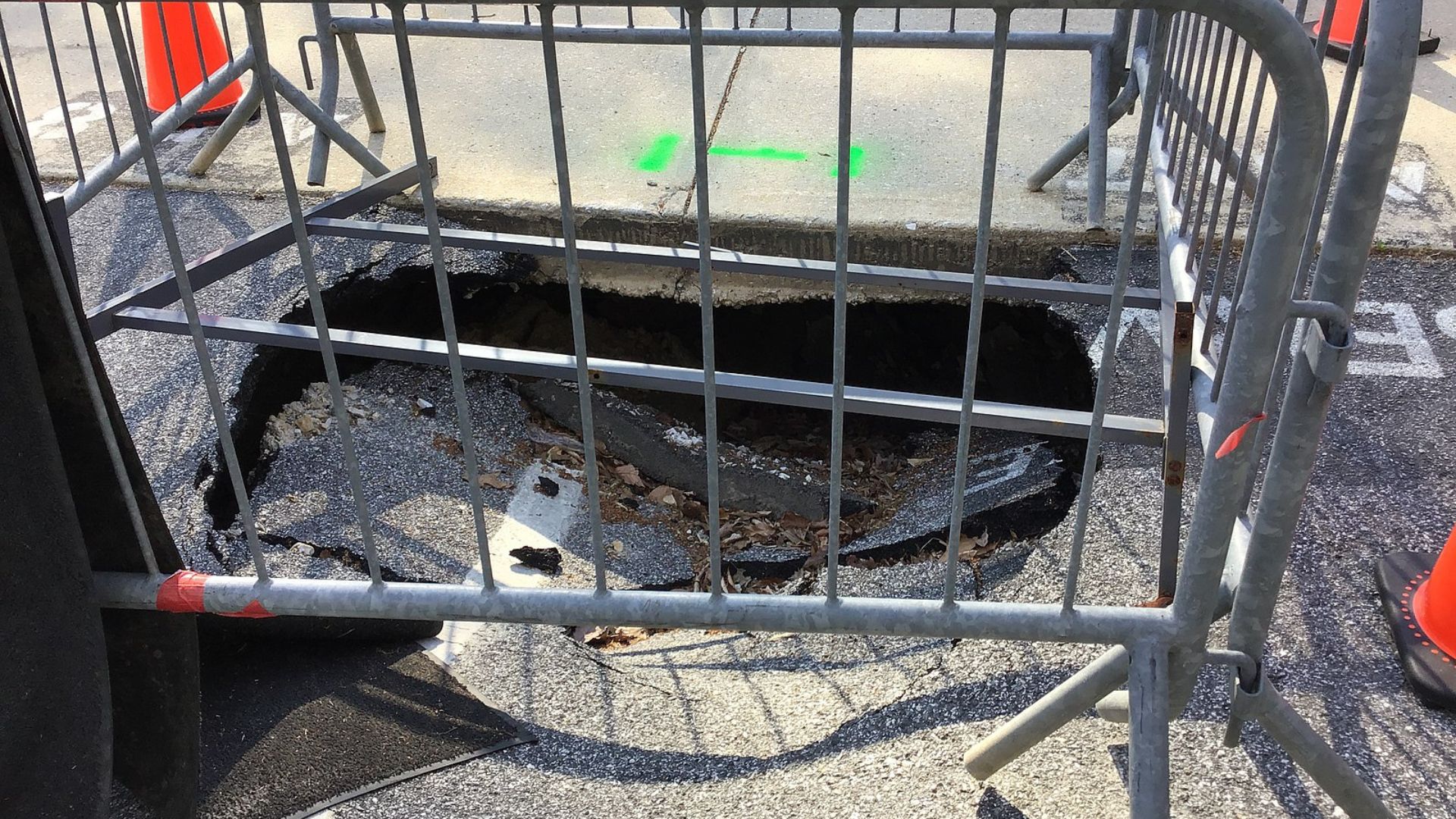
The environmental repercussions of abandoned oil wells extend beyond Laura’s property. In the same county, an unattended well has led to the formation of a sinkhole large enough to pose a threat to swallow an entire highway.
Laura reflects on the situation with dismay, attributing the problem to a broader systemic failure. “This is a failure on so many levels,” she comments, pointing out the consequences of an industry motivated by quick profits at the expense of environmental safety and community well-being.
Resilience in the Face of Adversity
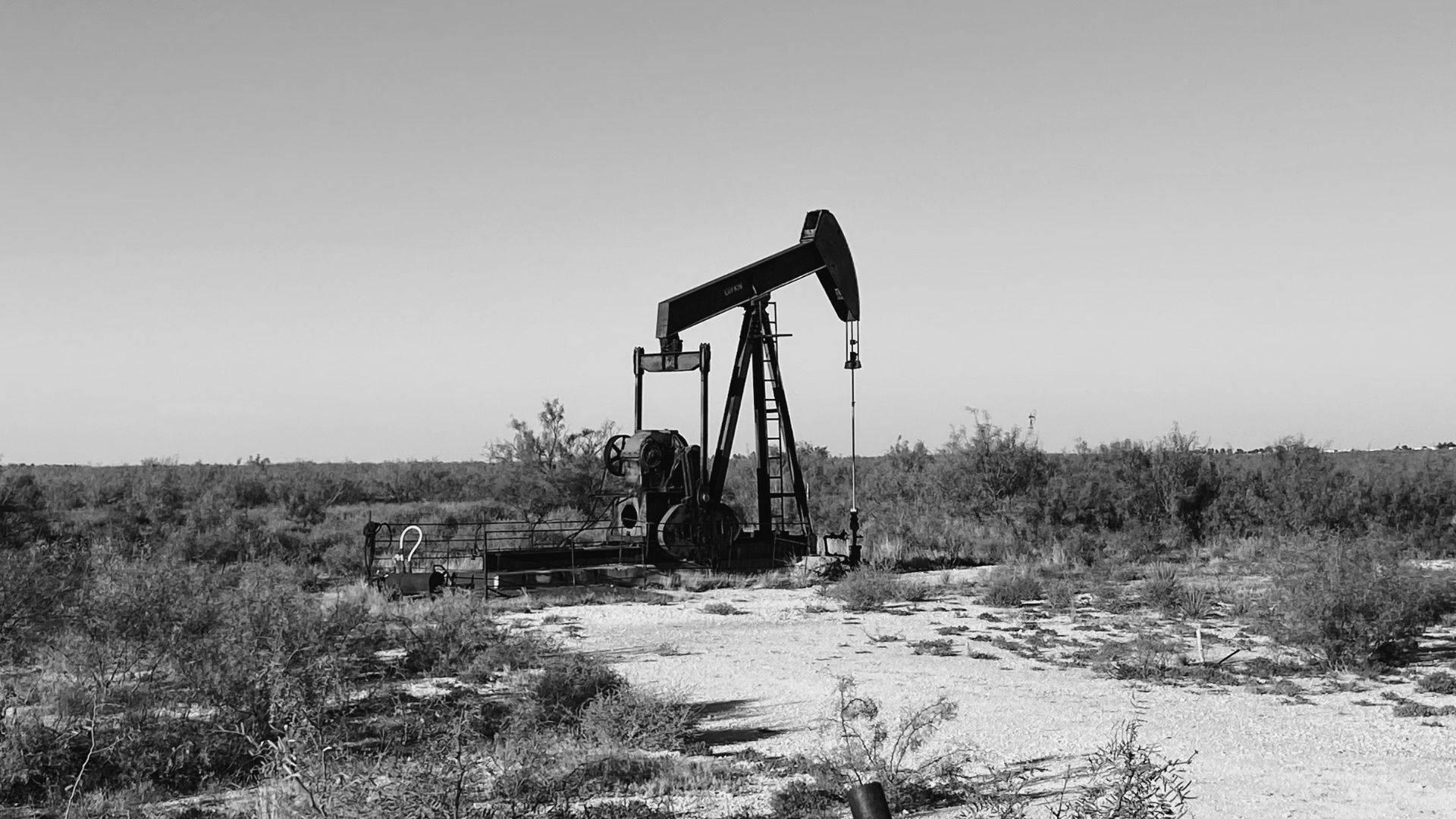
Despite the obstacles presented by their circumstances, the Briggs family remains committed to their home and lifestyle, hoping that their story will bring attention to the pressing issues surrounding abandoned oil wells.
Their resilience and determination highlight the strength of those who choose to make their lives amidst the dynamic and sometimes perilous landscape of the American energy sector.
Why Are These Wells Exploding?
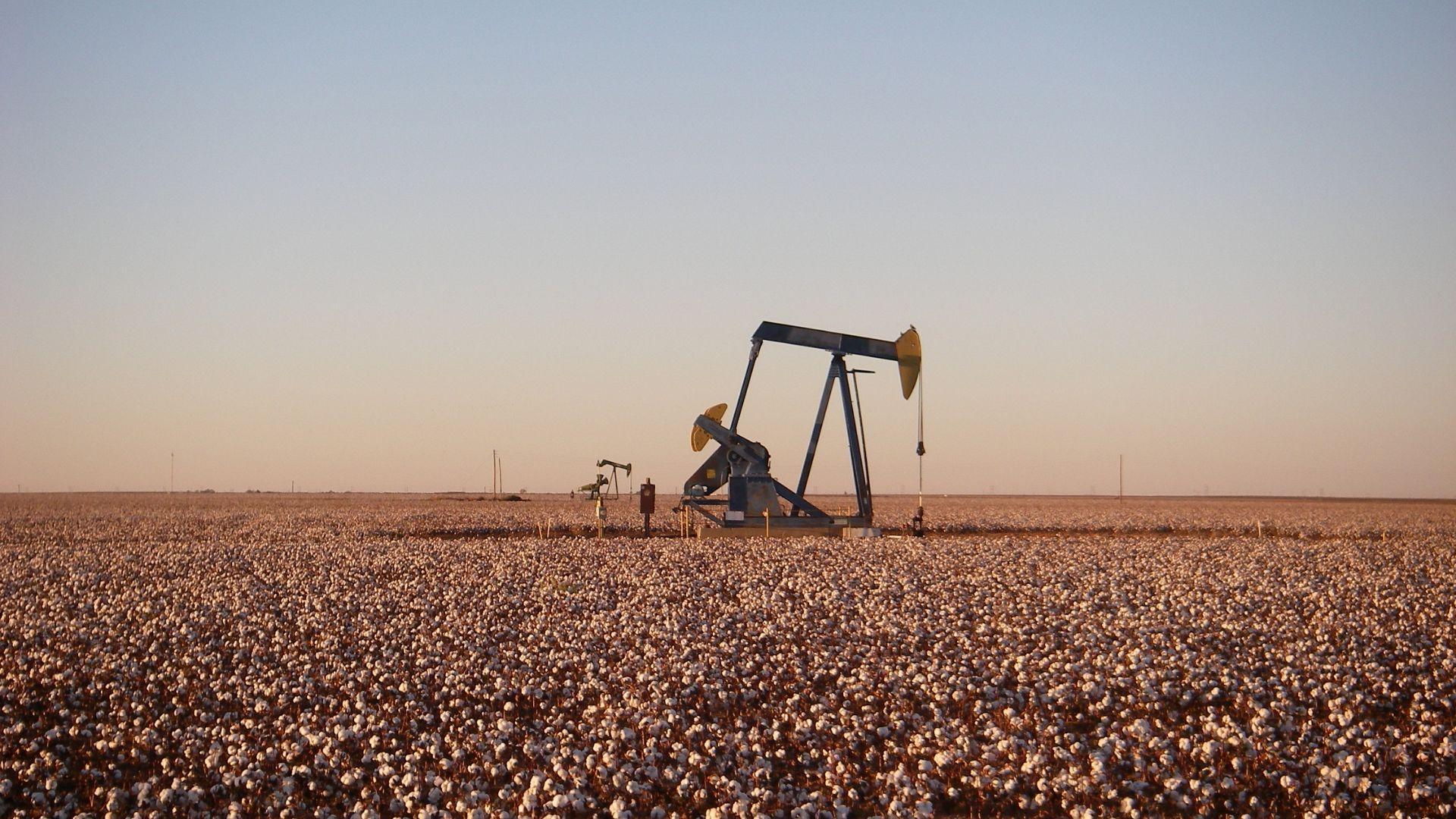
Though many researchers and scientists are trying to find out why many deserted wells are blowing up, they haven’t collectively found an answer. Some researchers believe wells are exploding because some were used to dispose of water that came from fracking.
These researchers also believe water underneath the ground may be moving from these saltwater injection wells through underground channels. This water could even be moving toward the site in the Permian Basin that saw the 2022 explosion.
Well Explosions Can Cause Environmental Damage
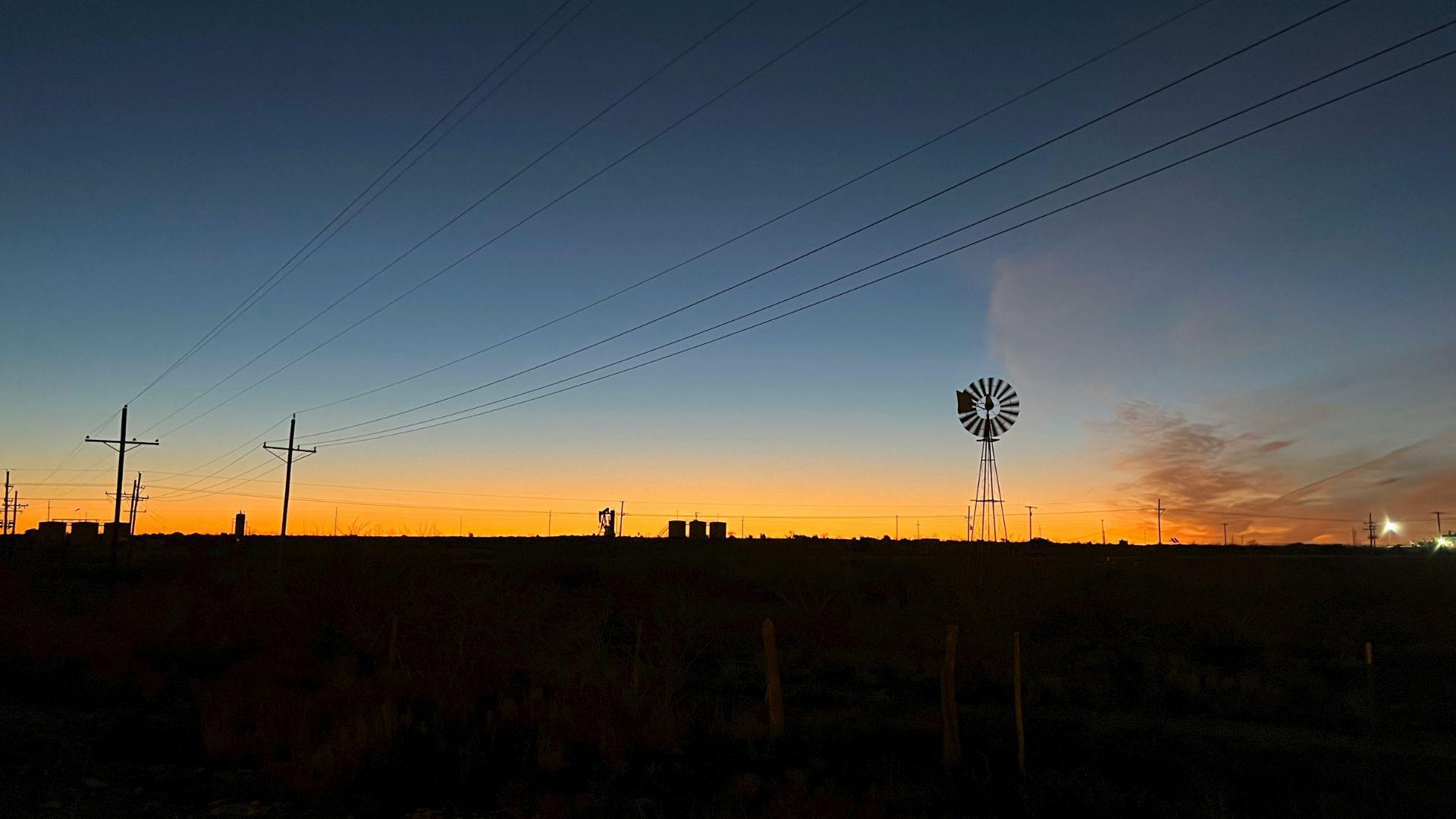
Many in Texas want these undocumented orphan wells taken care of because they can cause severe environmental damage if they blow up — or if they simply leak. Therefore, a newfound urgency has taken place among many officials and landowners.
Saltwater that leaks or explodes out of these wells can ruin the ground, especially if it contains hazardous liquids or chemicals such as benzene. Reports done in the past decade have also revealed that these leaking wells can contaminate groundwater and other water sources.
